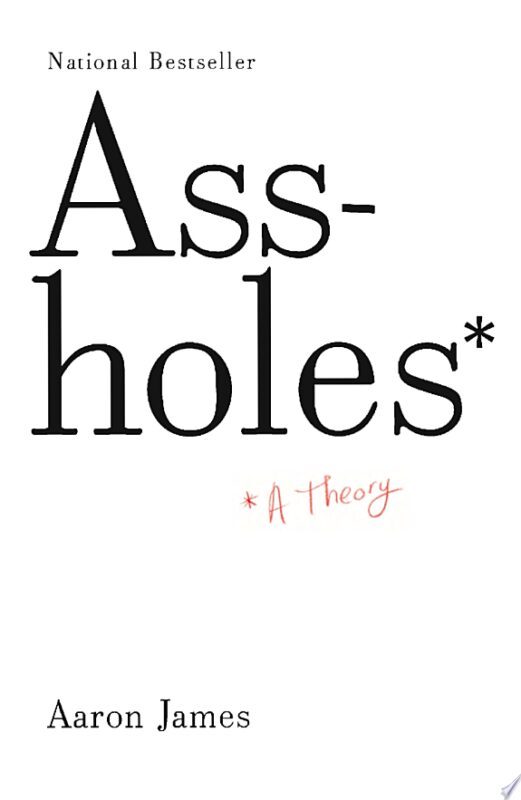THE MARIJUANA BUSINESS AND THE BUSINESS OF INSURANCE
Michael Sean Quinn*
There was a wildfire. It spread and progressed until it finally did damage to the building and inventory of a Colorado weed biz–oops: “medical marijuana” production and retail business. It had a number of marijuana plants. Some of them were still in what might be called the agricultural stage; some of them had moved off the interior farm, as it were, and into the processing plant, or the warehouse, or–perhaps–onto the retail floor.
The building didn’t actually catch fire, but the dust, smoke, and ashes from the fire got into the ventilation system and ruined a huge amount of the merchandise–$200,000 of the “still growing stuff” and $40,000 for the “already grown stuff.
(There was a second claim for damage to the roof of the plant caused, allegedly, by thieves entering or leaving the building. I will ignore the through-the-roof claim and discuss only he “canna” claim. There were more than several issues, but I will focus on only three of them. The insurer was Atain Specialty Insurance Company--it was the defendant—while the insured was The Green Earth Wellness Center, LLC–and it was the defendant. (United States District Court for the District of Colorado, 13-cv-03452, February 17, 2016–a rather long, 27 pp. opinion.)
Basically, the insurer was trying to find ways out of paying an mj claim. Apparently, it didn’t like what it took to be the smell of it. Thus, it argued that this sort of insurance was against public policy. This argument went nowhere. After all, everything happened in Colorado.
Basically, insofar as genuine insurance law issues are concerned, the issues were about the meanings of several words. Unquestionably, the policy covered “stock,” so there was an issue as to whether the mj plants ever constituted “stock.” If and when they were stock, there was coverage, unless an exclusion applied. And there was a possible exclusion, namely, that the policy did not “growing crops.” And there was a third semantic issue as well, to wit, was the mj “contraband”?
The court’s conclusions as to the first issue began with the policy’s definition of the term “stock.” Its defining language was “merchandise held in storage or for sale, raw material and in-process or finished goods, including supplies used in their packing or sipping.” The parties agreed that finished product was stock, so the controversy boiled down to whether certain types of mj plants were stock, since they were “raw materials.” The court found this issue confusing and unsettled given the meanings of words in the mj industry and so might as well have ruled that such mj plants as “mother plants” and “clones” were stock.
But that does not reach the second question regarding the exclusion: no coverage for growing crops. Green Earth argued on a variety of grounds that mj plants growing indoors did not fall into the category expressed by the word “crops.” Some of its arguments were clever, but the court wouldn’t buy them. It wouldn’t even agree that the term “crop” was ambiguous and therefore having a meaning that would favor the insured, though it admitted that the term usually applies to that which is grown outside. Hence, the court counted “mother plants” and “clones” as growing crops.
The third question was whether the merchandise was contraband. In effect, although it does not use the word “define,” or its “sibling-terms,” the policy actually defines “contraband” as “property in the course of illegal transportation or trade.” (Here is a dictionary definition quoted by the court: “goods or merchandise whose importation, exportation, or possession is forbidden.) The insurer’s arguments appears to depend on the difference between state and federal law regarding mj and its consequences for public policy. The court was not inclined to line up with the insurer. As the court remarks, it certainly appears that the parties agreed to insure at least already harvested mj product.
Now remember, I have discussed only three themes in the case, and there are others. One of the most interesting of them is the insured’s accusation of insurer bad faith against Atain, the carrier. I may write briefly about it elsewhere. See Quinn’s Commentaries on Insurance Law, Marijuana and Insurance Bad Faith.
In the meantime, I wonder about the phrase “growing crop.” It seems to me that if a crop is not crowing at the time of the insured event, then it is not a growing crop. It is unclear to me that the mother plant was itself growing at the time of the “ashing” of the “farm.” If not, even if it was “feeding” or helping product other plants which were growing at the time, it, itself was not growing.
Supplementary Question (8/13/2016): Might the refusal of the DEA to chance and loosen its classification have any impact on the attitude of insurers toward mj farms? Especially since the FDA
wants to encourage experimentation. If I were a conspiracy buff (or even bluff) I would suggest that the University of Mississippi has some polico/lobbying influence in this decision in order to maintain its virtual monopoly and medical mj ag production. See NYT Friday, August 12, 12016, Catherine Saint Louis, “D.E.A. Refusal to Reclassify Marijuana Draws Criticism, NYT. A-3. See also NYT Editorial “Stop Treating Marijuana Like Heroin,” Saturday, August 13, 2016.
*Michael Sean Quinn
Quinn and Quinn
1300 West Lynn Suite 208
Austin, TX 78703
Office Phone: 512-296-2594
Cell:512-656-0503
Fax: 512-344-9466
Email: mquinn@msqlaw.com





Recent Comments